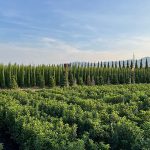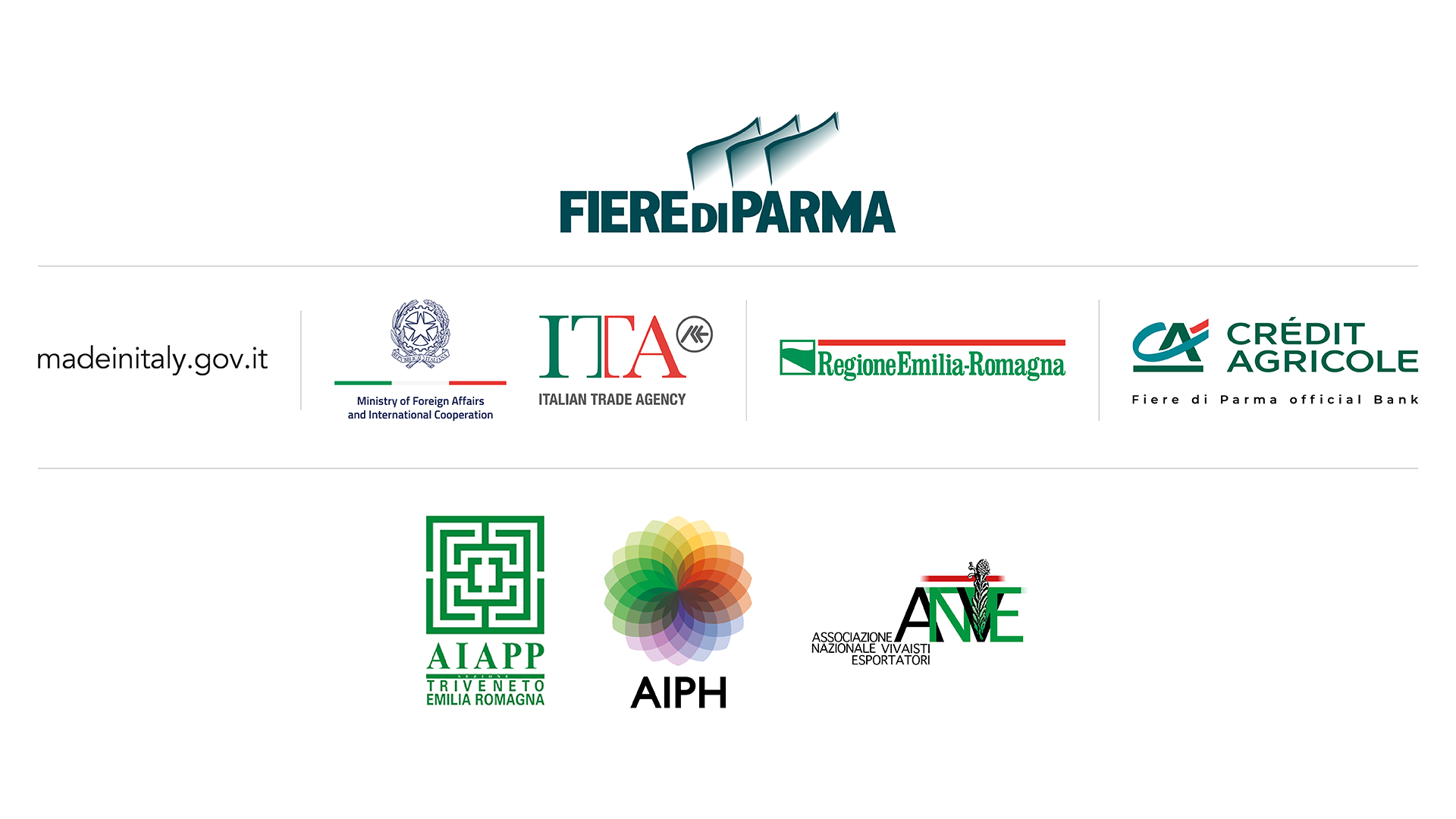The European Commission has approved substantial amendments to the Implementing Regulation (EU) 2020/1201 to combat the spread of Xylella fastidiosa within the European Union. The new regulatory text, based on recent experiences, introduces updated and more targeted measures to contain the infection, ensuring, as stated in the press release, greater protection for plants without increasing the bureaucratic burden for operators.
Among the most significant changes is the expansion of annual investigations, which will no longer be limited solely to known host plants but will also include plant species suspected of being infected. The new species added to the list of plants to be monitored include aromatic plants such as Lavandula angustifolia (lavender), Lavandula x intermedia, Lavandula latifolia, Lavandula stoechas, and Salvia rosmarinus (rosemary), identified as potential vectors for the transmission of the Xylella fastidiosa bacterium.
The update also involves other plants like Acer granatense, Castanea sativa (chestnut), Chenopodium album, Clinopodium nepeta, Cornus sanguinea, Fraxinus angustifolia (ash), Grevillea rosmarinifolia, Liquidambar styraciflua, Lonicera periclymenum (honeysuckle), Mentha suaveolens (mint), and Pyracantha coccinea (firethorn), all reported as sensitive to the pathogen. Additionally, monitoring of vectors, particularly Cicadomorpha insects responsible for transmitting Xylella to plants, will be strengthened.
Another crucial aspect of the new regulation is the increased flexibility granted to Member States in organizing investigations in areas not yet affected by the disease. This flexibility allows for adjustments in confidence levels and prevalence sampling to suit local conditions, in accordance with the guidelines provided by EFSA (European Food Safety Authority).
To reduce administrative burdens, some measures deemed onerous or inefficient have been simplified. Specifically, surveillance obligations in uninfected areas have been revised, reducing the investigation area distance from 5 to 2 kilometers in containment zones. The amendments will take effect on July 1, 2025, providing operators and competent authorities with the necessary time to adapt to the new provisions. The Commission’s goal is to make the measures more effective and easier to implement while ensuring maximum protection for Europe’s plant heritage.







